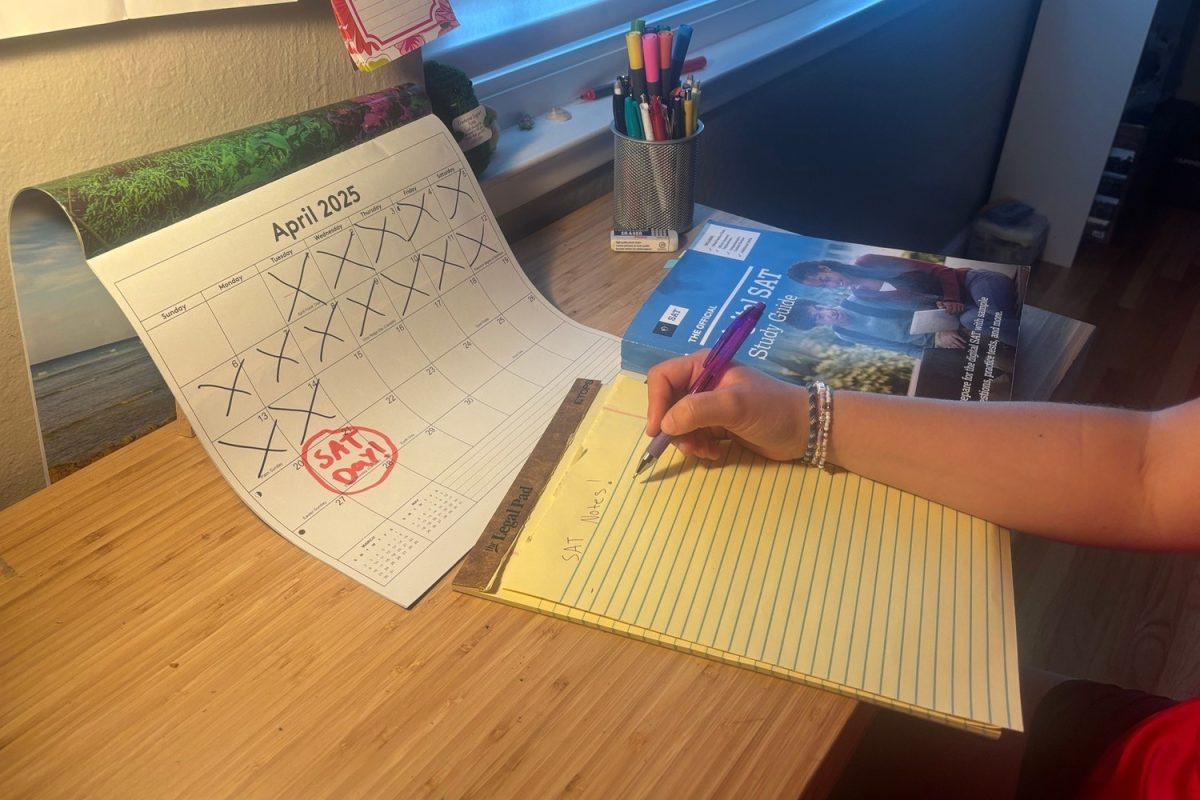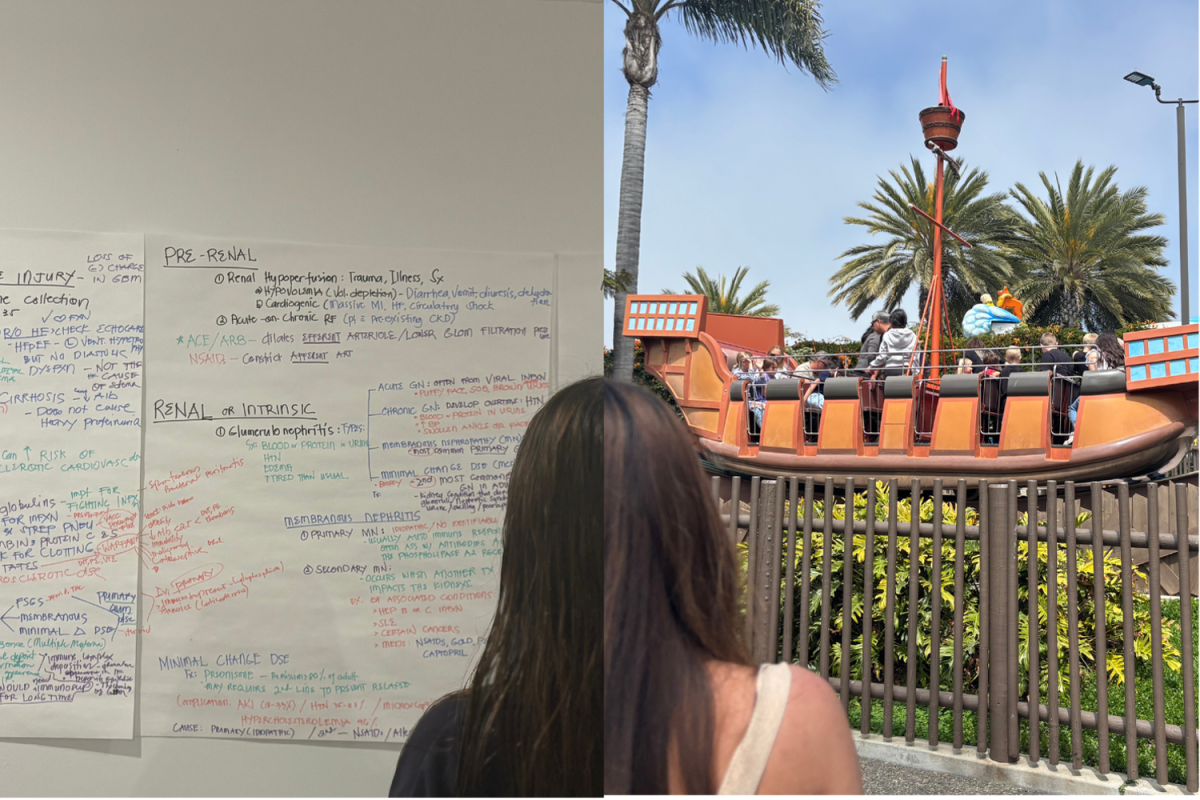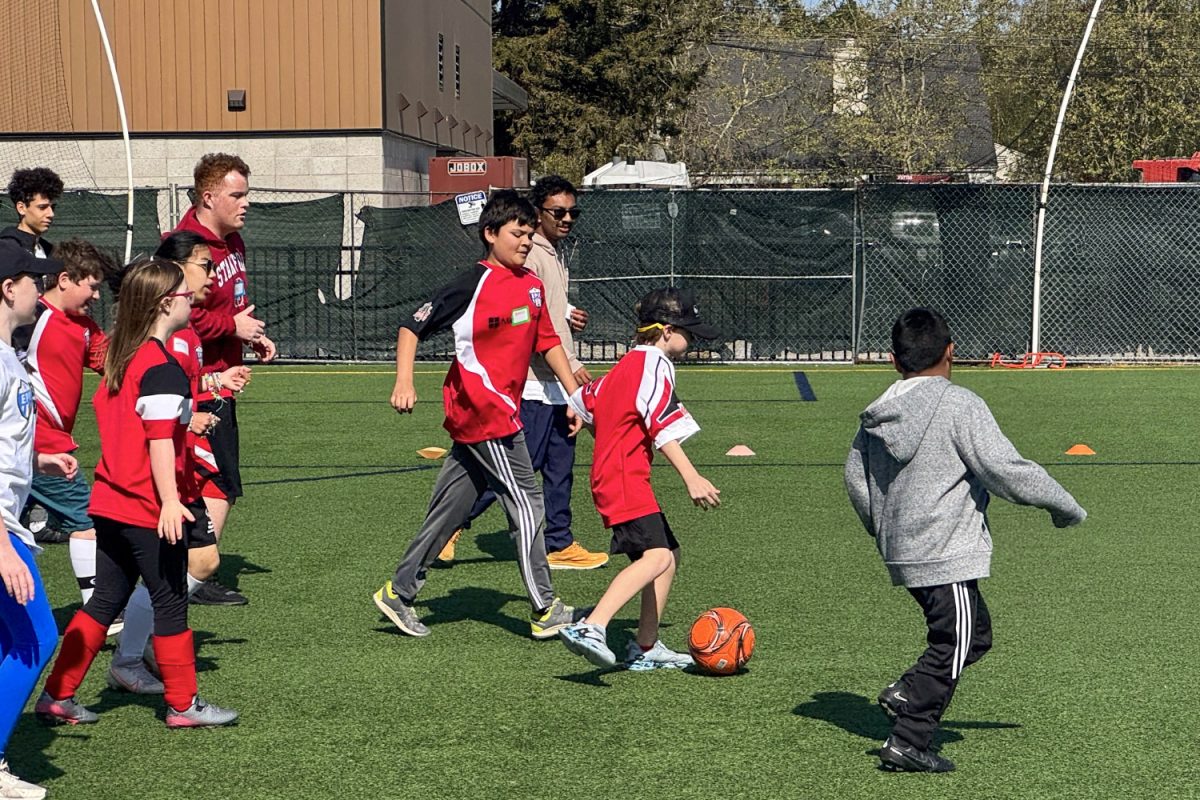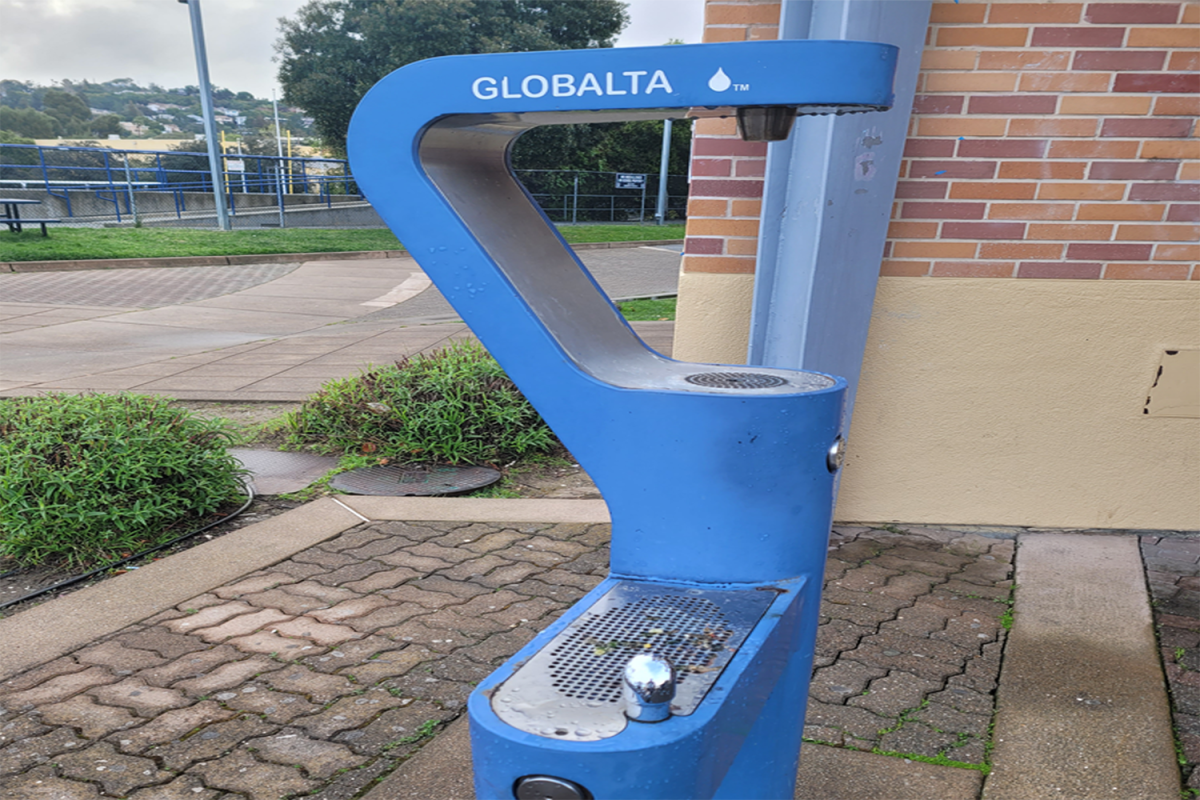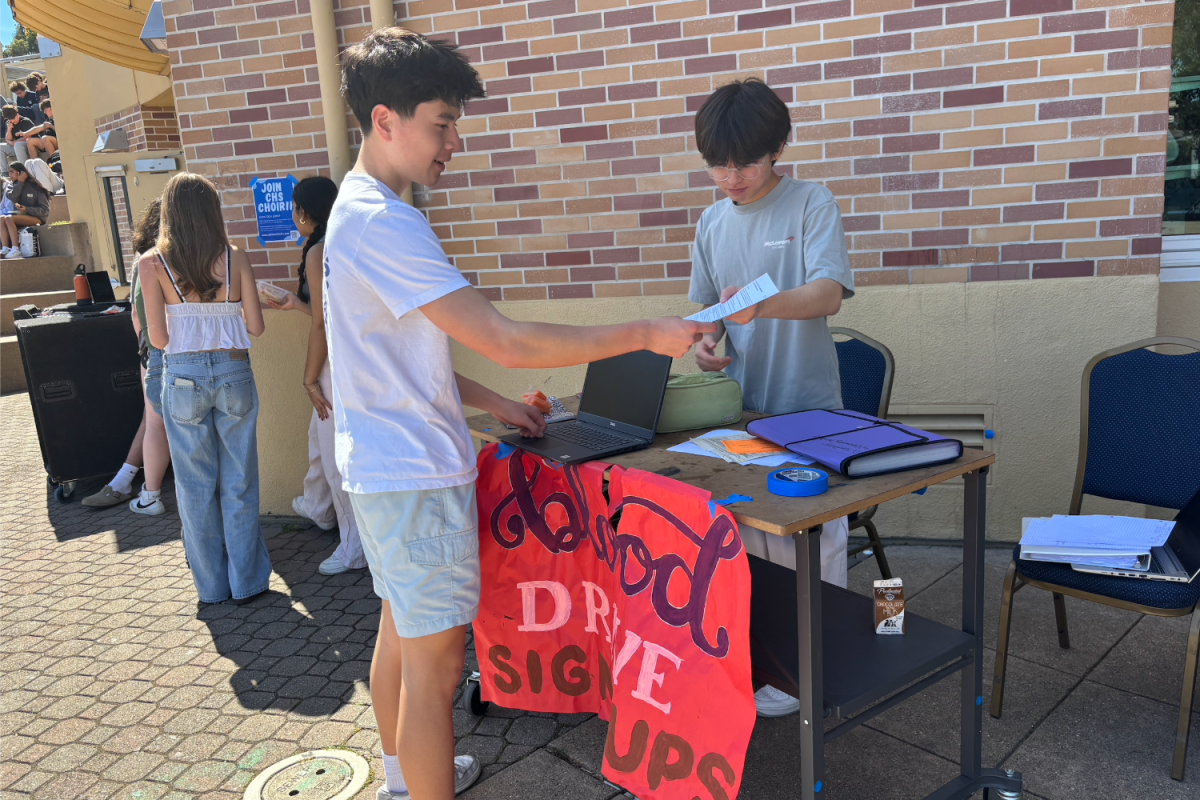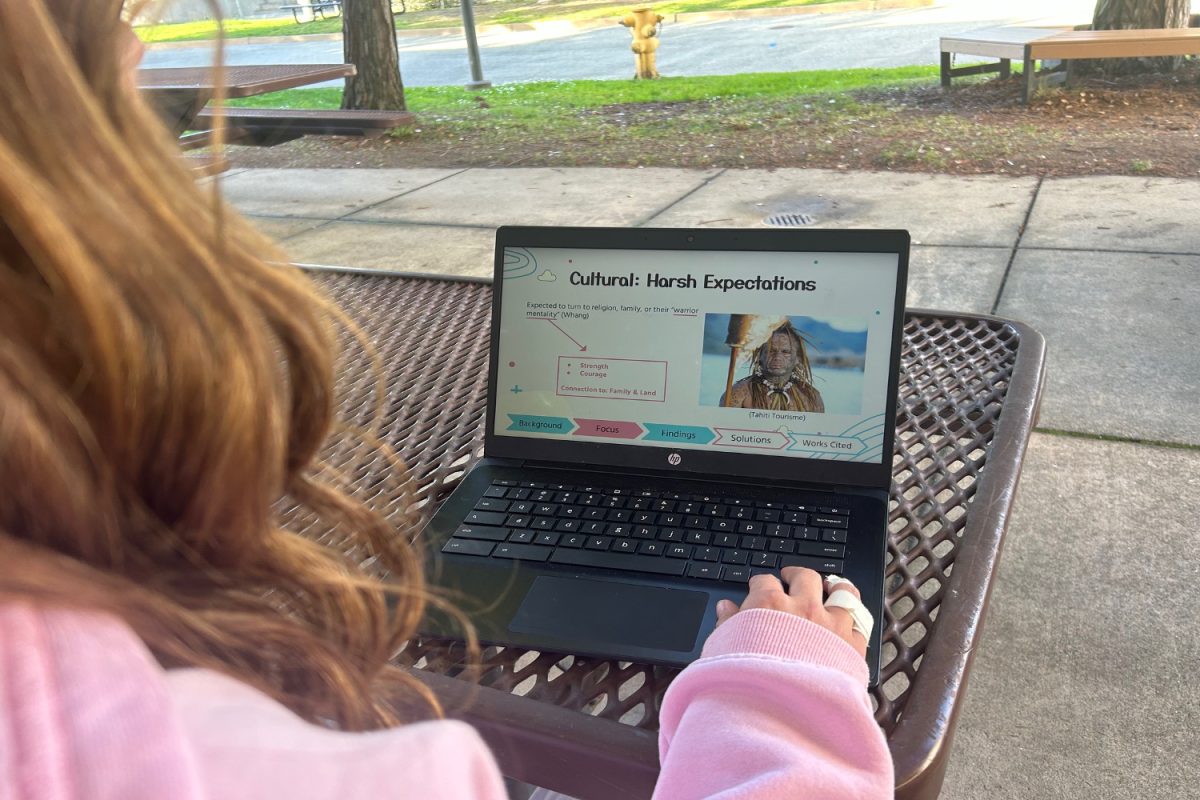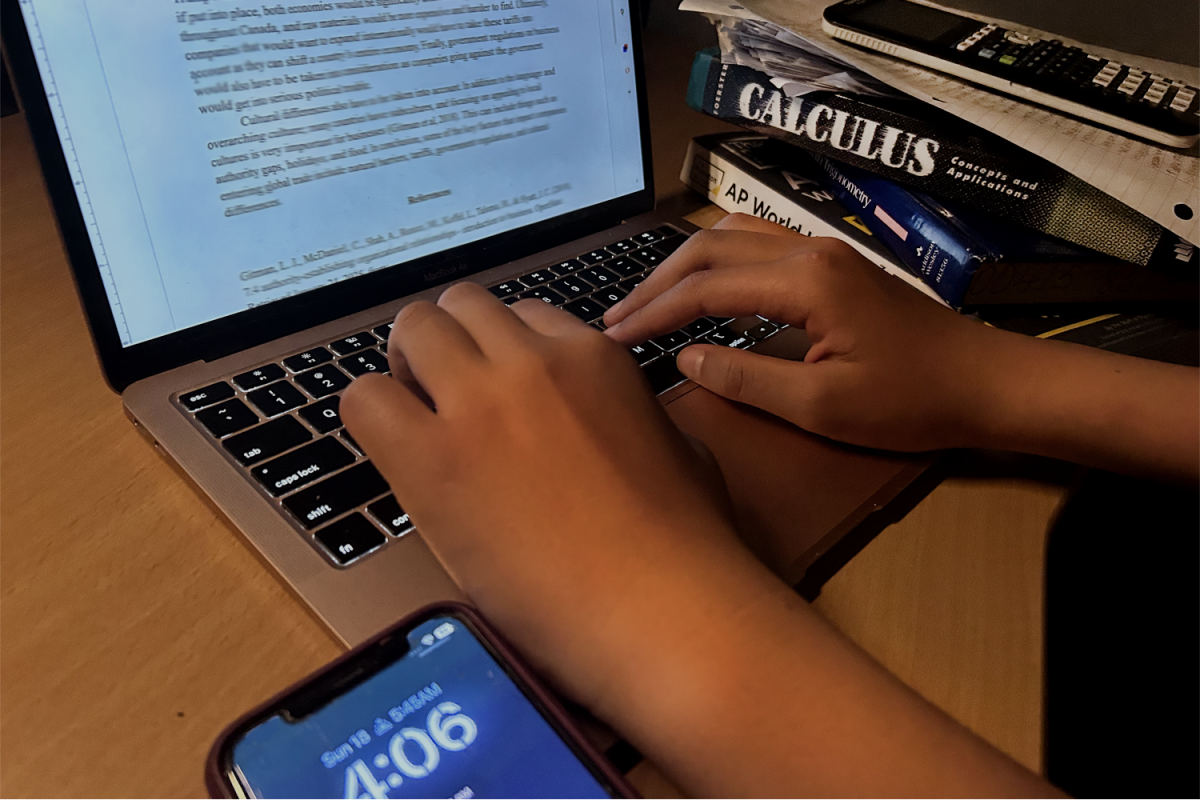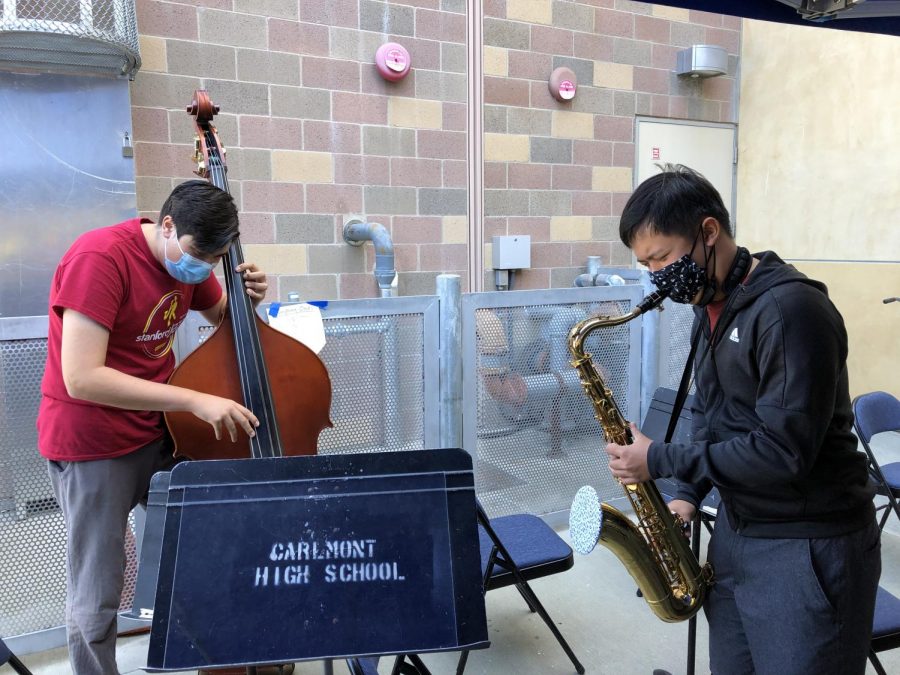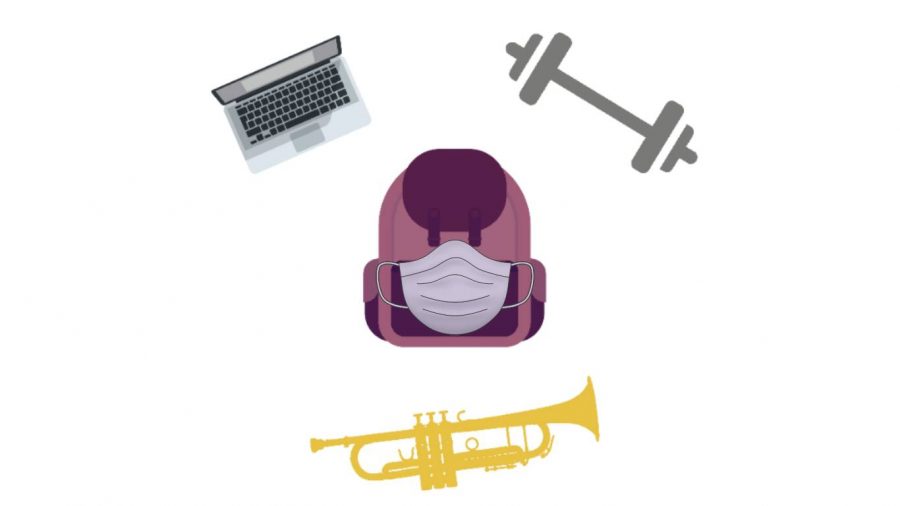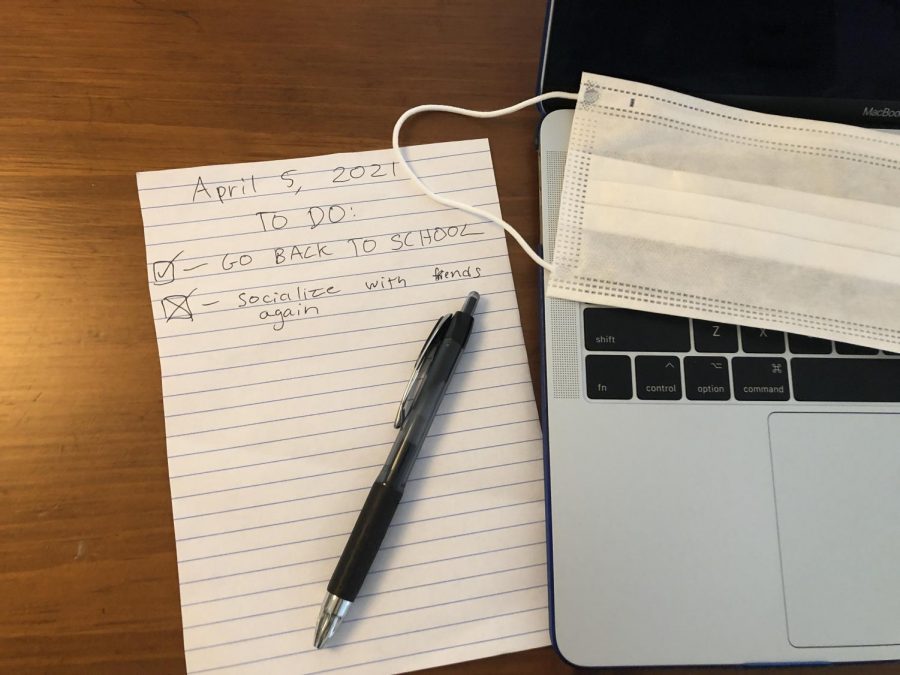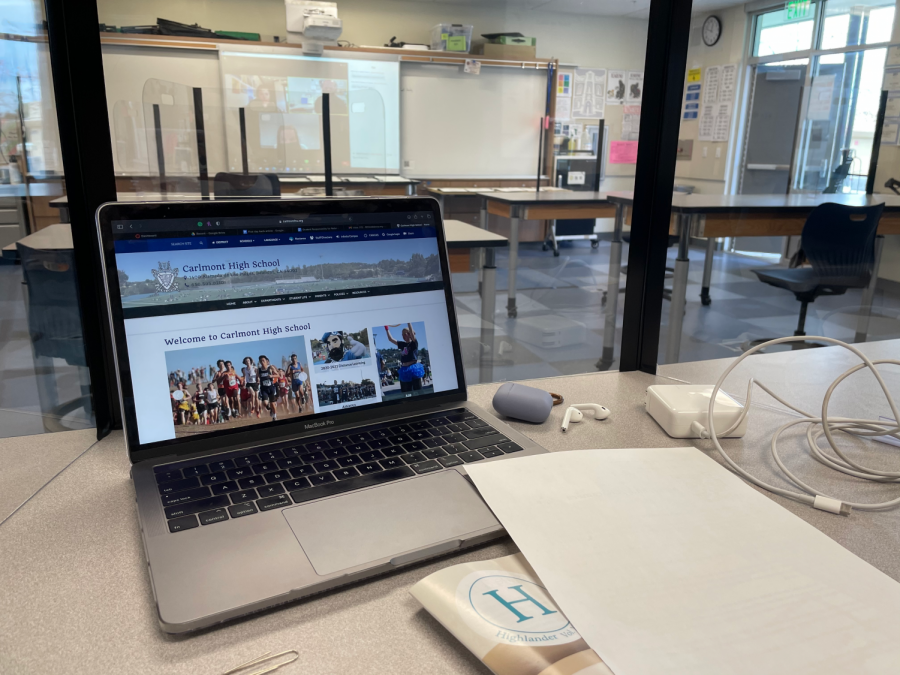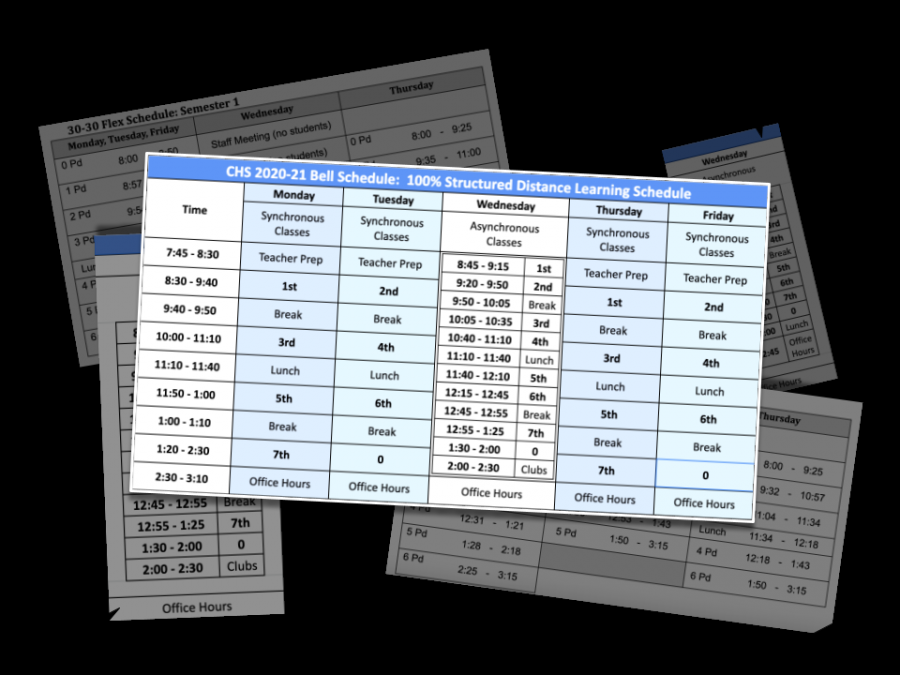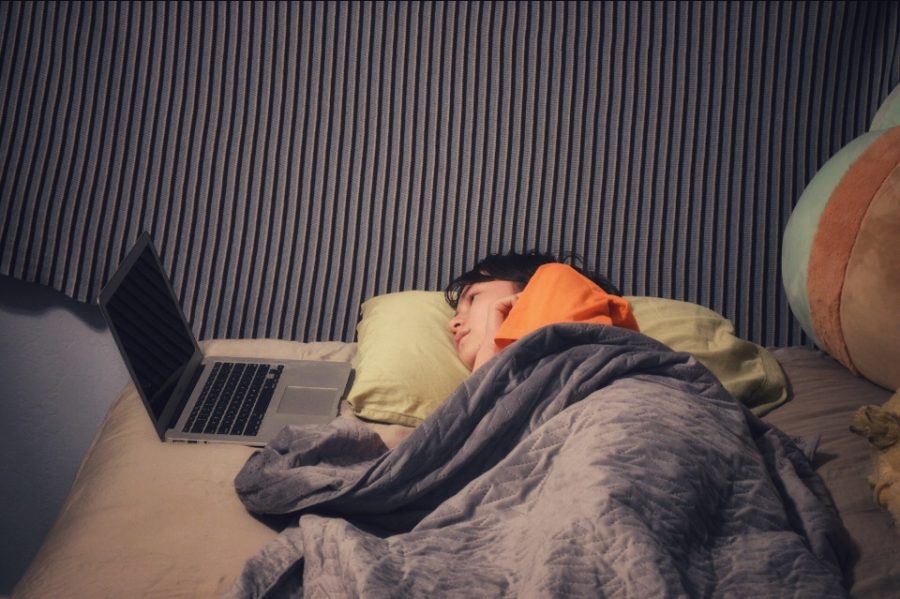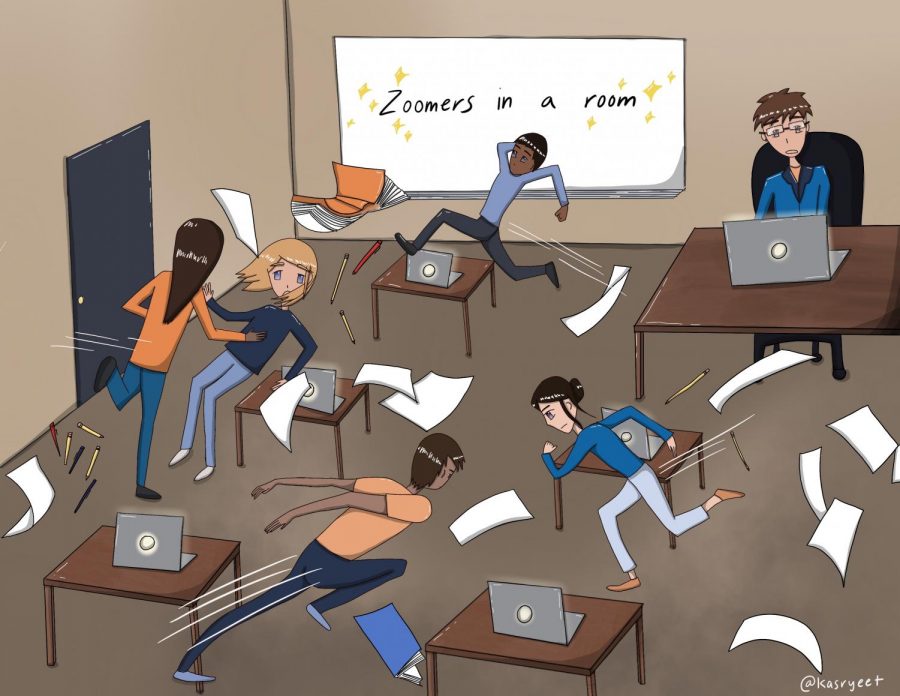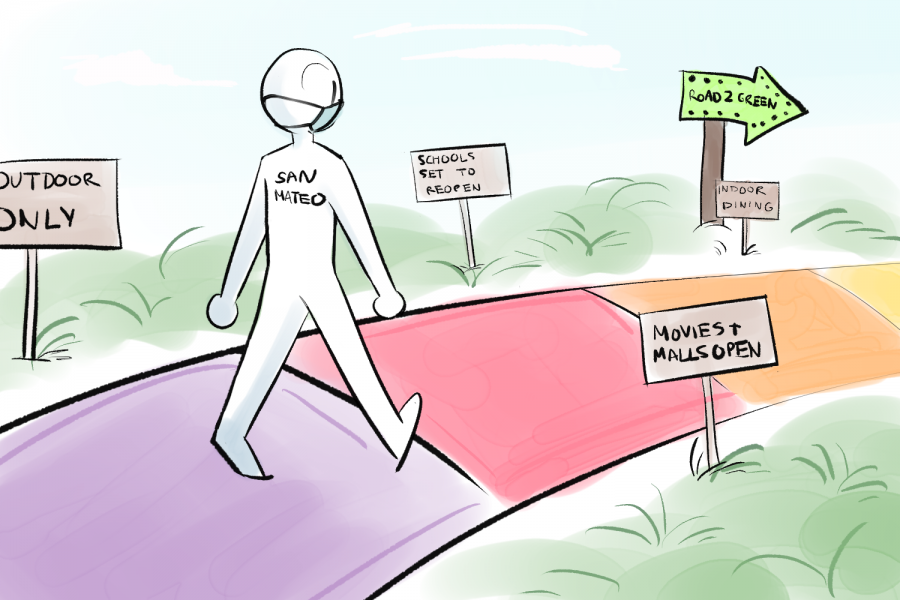A Parent Information Webinar held by Parent Teacher Student Association (PTSA) and the Carlmont Academic Foundation (CAF) sought to provide more information for the new concurrent learning plan for the return to school on Apr. 5.
The webinar on Mar. 8 answered many parents’ questions, either through the Q&A section or through the administration team’s presentation. It was intended to give parents more information before filling out the survey on whether to continue distance learning or return to school for the rest of the year. The administration also made a recording of the meeting for parents and students unable to attend.
One of the major topics discussed was how the administration would organize the students in the concurrent model. Students will be designated to an A, B, C, or D group on campus on different days in a two-week cycle.
According to the plan, for the first few weeks of the concurrent model, Carlmont will only be 25% capacity. Since San Mateo county is currently in the orange tier, after two weeks, Carlmont could allow up to 50% of students on campus at a time so that some groups would combine.
After the survey concluded on Mar. 11, the findings were that only 30% of students wanted to go back to school. According to Gay Buckland-Murray, the instructional vice principal, the survey findings will not change the original plan to combine groups.
“I’m happy to report that our capacity will allow us to move the four groups [into] two groups. We investigated the possibility of moving the two groups into one, with everyone who ‘opted in’ on campus at the same time, [but] we met too many capacity barriers to overcome,” Buckland-Murray said.
Students that decide to return to campus would notice the many changes to the school setting. Mask wearing is mandatory, and plexiglass barriers separate the desks.
Students returning will follow the Student Participation Agreement and not break the safety guidelines or be asked to learn from home. Grant Steunenberg, administrative vice principal, highlighted this point for student accountability while in class as the teacher is simultaneously teaching students at home and school.
“The teachers will be busy teaching their lessons. They are not babysitters. If students are not engaged in school, they may be asked to return home rather than stay at school,” Steunenberg said.
A common question during the webinar was the format in which the students are learning in the classroom. Ralph Crame, the principal, explained that the concept of learning would stay nearly the same, just in a different location and likely with the teacher in the classroom.
“Students in the classroom are going to be doing pretty much the same thing they’re doing now at home. They’re going to be participating in a zoom class, [where] the instructions will be delivered through zoom, they will be on a computer, and they will be participating with headphones sitting in the classroom,” Crame said. “Teachers will be there in the classroom for the most part.”
Another question that parents commonly asked was about free periods. Under the current bell schedule, many students have a free period in the middle of the day with nowhere to go. Steunenberg explained what students would do during that time and the safety precautions in place.
“The students who are at school and having a free period [in the middle of the day] will be in the Student Union for a study hall,” Steunenberg said. “[We] have set up desks with plexiglass partitions on them six feet apart … and we can open up the other doors to create a cross breeze and full ventilation in that area.”
A positive about heading back to school was that students could change their minds and opt-out later. Emily Mannion, a sophomore that attended the webinar, almost tried the concurrent model for that reason but ultimately decided to stay home after weighing the options.
“That almost made me change my response because flexibility is always a plus, but in the end, I realized that I would probably end up opting out anyway, and I would just screw up the district’s numbers,” Mannion said. “My setup at home is finally perfected, and I have figured out how to make distance learning work for me.”
For students that were struggling with the distance learning model, returning to school is an ideal option. Rebecca Chamberlin, a freshman, explained that she is ready to return to school to have a different learning environment and get to know the campus to prepare for their sophomore year.
“I had been struggling with distance learning for a while just because the environment of being at home has made learning very difficult. I [think] that with in-person school, having that classroom environment would help me focus and pay better attention to the lessons,” Chamberlin said. “I also think that as a freshman, it’s good for me to be on campus so that I can get a better feel for what Carlmont is like, [so] I’ll be more prepared for my sophomore year.”
For freshmen specifically, there are plans to have a mini-orientation on their first day on campus. Principal Ralph Crame discussed how this process would work in a recent weekly update sent to students.
“We will have a welcoming party for the freshmen who have opted-in [which] will consist of a small number of leadership students and staff to greet the students on the first day they are assigned to report to campus. We will send out this specific information about when and where to meet directly to those families prior to Spring Break,” Ralph Crame said.
For Crame, he is excited to add a model that can meet the needs of more students.
“This concurrent model is to address the needs of some students that are needing to get out of the house, maybe needing to be in another room with somebody,” Crame said. “I think it’s a step in the right direction to getting back to some type of normalcy.”

![One of the slides presented at the seminar shows how specific hallways will be designated as one-way or 2-way hallways. "In most cases, the one-way or one-directional hallway [is used] to minimize the crossing of students, but there are some hallways that are going to be two way," said Greg Patner, the administrative vice principal. "You can see some of those arrows are two-way arrows like near the football field, and then there's some that are one-way arrows to help students to navigate successfully around campus."](https://scotscoop.com/wp-content/uploads/2021/03/Screenshot-2021-03-17-4.14.19-PM-900x506.png)

